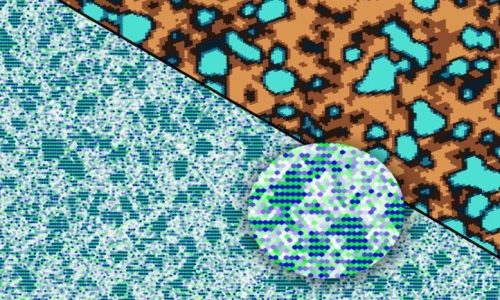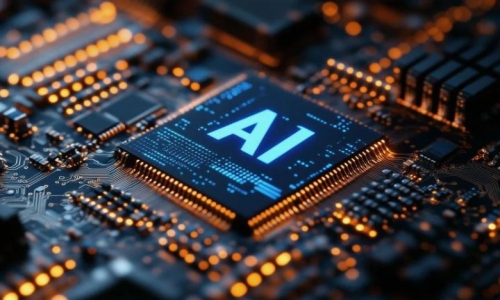


 3:53:29
3:53:29  2023-09-15
2023-09-15  1960
1960

Both voluntary and involuntary unemployment can be broken down into four types.
Frictional Unemployment
This type of unemployment is usually short-lived. It is also the least problematic from an economic standpoint. It occurs when people voluntarily change jobs. After a person leaves a company, it naturally takes time to find another job. Similarly, graduates just starting to look for jobs to enter the workforce add to frictional unemployment.
Frictional unemployment is a natural result of the fact that market processes take time and information can be costly. Searching for a new job, recruiting new workers, and matching the right workers to the right jobs all take time and effort. This results in frictional unemployment.
Cyclical Unemployment
Cyclical unemployment is the variation in the number of unemployed workers over the course of economic upturns and downturns, such as those related to changes in oil prices. Unemployment rises during recessionary periods and declines during periods of economic growth.
Preventing and alleviating cyclical unemployment during recessions is one of the key reasons for the study of economics and the various policy tools that governments employ to stimulate the economy on the downside of business cycles.
Structural Unemployment
Structural unemployment comes about through a technological change in the structure of the economy in which labor markets operate. Technological changes can lead to unemployment among workers displaced from jobs that are no longer needed. Examples of such changes include the replacement of horse-drawn transport with automobiles and the automation of manufacturing.
Retraining these workers can be difficult, costly, and time-consuming. Displaced workers often end up either unemployed for extended periods or leaving the labor force entirely.
Institutional Unemployment
Institutional unemployment results from long-term or permanent institutional factors and incentives in the economy.
The following can all contribute to institutional unemployment:
Government policies, such as high minimum wage floors, generous social benefits programs, and restrictive occupational licensing laws
• Labor market phenomena, such as efficiency wages and discriminatory hiring
• Labor market institutions, such as high rates of unionization
What Are the Main Causes of Unemployment?
There are a number of reasons for unemployment. These include recessions, depressions, technological improvements, job outsourcing, and voluntarily leaving one job to find another.
Reality Of Islam |
|

A tiny robo

By applying

Stanford, C

A new study
 9:3:43
9:3:43
 2018-11-05
2018-11-05
10 benefits of Marriage in Islam
 7:5:22
7:5:22
 2019-04-08
2019-04-08
benefits of reciting surat yunus, hud &
 9:45:7
9:45:7
 2018-12-24
2018-12-24
advantages & disadvantages of divorce
 11:35:12
11:35:12
 2018-06-10
2018-06-10
 6:0:51
6:0:51
 2018-10-16
2018-10-16
 4:25:57
4:25:57
 2023-02-11
2023-02-11
the happy life of mankind requirement
 6:36:36
6:36:36
 2022-01-25
2022-01-25
 1:34:8
1:34:8
 2022-02-01
2022-02-01
 3:42:22
3:42:22
 2021-12-24
2021-12-24
 10:47:11
10:47:11
 2022-11-22
2022-11-22
 7:32:24
7:32:24
 2022-02-14
2022-02-14
 3:18:29
3:18:29
 2022-12-24
2022-12-24
 5:41:46
5:41:46
 2023-03-18
2023-03-18
| LATEST |